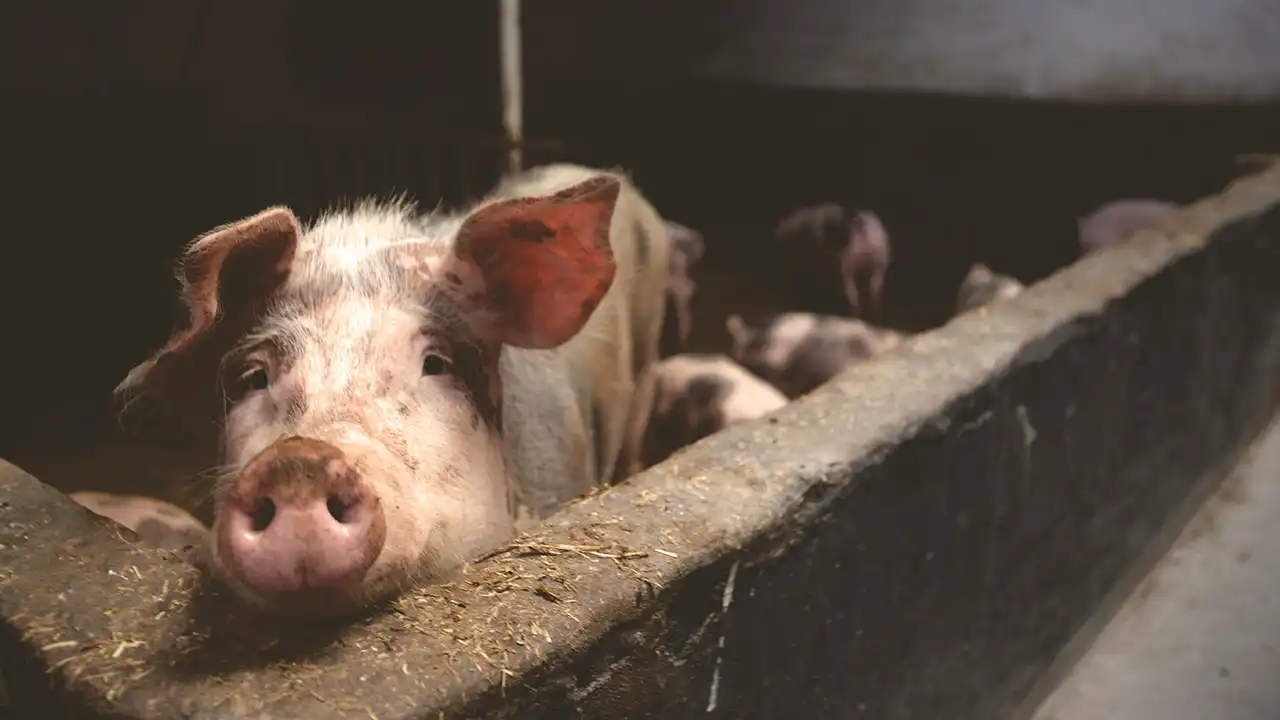
Trichinosis, caused by a parasite in undercooked pork, can lead to severe illness if untreated. Understanding this infection is vital for food safety, advocating for proper pork preparation and cooking temperatures to eliminate the risk.
Trichinosis, a relatively obscure yet grave foodborne illness, poses a considerable threat to public health. This infection, caused by the Trichinella parasite, is primarily transmitted through the consumption of inadequately cooked or mishandled pork. Understanding trichinosis is vital for its prevention and ensuring food safety. This article aims to shed light on the causes, symptoms, preventative measures, and treatment options for trichinosis, emphasising the importance of awareness of this hidden danger.
What is Trichinosis and How is it Contracted?
Trichinosis, or trichinellosis, arises from an infection by the roundworm Trichinella. It is contracted by eating raw or inadequately cooked pork containing infective larvae. These larvae can withstand the acidity of the stomach and mature into adult worms in the intestines, reproducing and dispersing new larvae throughout the body, inducing symptoms. Proper preparation of pork is essential to avert this disease.
The Importance of Understanding Trichinosis
Recognising the dangers of trichinosis is crucial for both public health and individual safety. Trichinosis can lead to severe, even fatal, illness if untreated. Awareness enables individuals to take preventive measures against this infection, while education on its dangers supports food safety and outbreak prevention.
Causes and Transmission
The primary cause of trichinosis is the Trichinella spiralis roundworm. Infection occurs through the consumption of undercooked pork or, less commonly, raw or undercooked wild game, such as bear meat. Safe food handling and cooking practices are key to preventing parasite transmission.
Cooking Pork: Guidelines and Temperatures
When preparing pork, achieving the correct cooking temperature is crucial for both safety and culinary quality. The traditional guidance for cooking pork to a well-done state has evolved with better understanding of food safety and culinary practices. In recent years, the acceptance of medium-rare pork, characterised by a slight pinkness in the centre, has grown, provided that it reaches a minimum internal temperature.
Cooking Temperatures and Safety
For pork to be considered safe to eat, it must reach an internal temperature that is sufficient to kill harmful organisms such as Trichinella spiralis. In the UK, it is recommended that pork is cooked to an internal temperature of at least 63°C (145°F) and then allowed to rest for three minutes before consumption. This guideline supports the preparation of pork that is moist and tender, rather than overcooked and dry, while ensuring safety from parasites and bacteria.
Medium-rare pork, with a hint of pink in the centre, is deemed safe if these temperature guidelines are followed. The key is ensuring that the meat has been properly handled and cooked to the recommended temperature to achieve pasteurisation, effectively eliminating the risk of trichinosis.
Sous Vide Cooking and Pasteurisation
Sous vide, a method of cooking food sealed in airtight plastic bags in a water bath at precisely controlled temperatures, offers an alternative approach to traditional cooking methods. This technique allows for pork to be cooked at lower temperatures over longer periods, achieving pasteurisation and ensuring safety without sacrificing texture or moisture.
For sous vide pork, maintaining a temperature of at least 55°C (131°F) for a duration sufficient to achieve pasteurisation is critical. The exact time required can vary based on the thickness of the meat and the temperature used. Sous vide cooking at these conditions can render pork safe to eat, including medium-rare preparations, by ensuring that any pathogens are destroyed over the cooking period.
Signs and Symptoms
Symptoms of trichinosis vary with the infection stage, starting with gastrointestinal discomfort and progressing to muscle pain, fever, and swelling. Early medical intervention can prevent complications, making awareness of initial symptoms critical.
Prevention and Treatment
Preventing trichinosis involves thoroughly cooking pork to the recommended internal temperatures and ensuring proper handling to minimise the risk of infection. Treatment may include antiparasitic drugs, with early diagnosis ensuring recovery and minimising long-term effects.
Public Health Concerns
Outbreaks of trichinosis highlight significant public health issues, necessitating public education and strict food safety regulations to manage pork production and prevent parasite spread. Awareness and regulatory compliance are vital for safeguarding public health.
Awareness and proactive measures are key to mitigating the risk of trichinosis. Through informed food choices, adherence to safety practices, and understanding the correct cooking temperatures for pork, individuals can significantly reduce the likelihood of infection, protecting themselves and the community from this hidden threat.
Whilst its important to note there have been no ‘Reported’ incidents of Trichinosis in Malta or Gozo in the last 15 years of so, we import a lot of meat from Bulgaria, Italy and Poland which has accounted for 88% of all confirmed cases within the EU according to the Annual Epidemiological Report for 2020
2021 was marginaly better with a 32% decrease in cases within the EU: Annual Epidemiological Report for 2021

At Med.kitchen, our passion lies in crafting exceptional culinary experiences through our online platform. We specialise in sharing a wealth of knowledge via articles, recipes, courses, and online mentoring, aiming to inspire both novice and seasoned chefs alike. Our focus has shifted from private dining to being an online source of gastronomic inspiration, allowing you to explore and refine your culinary skills from the comfort of your home..